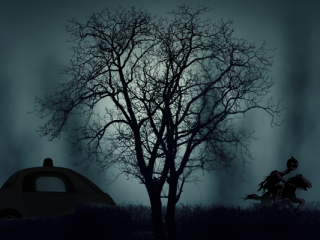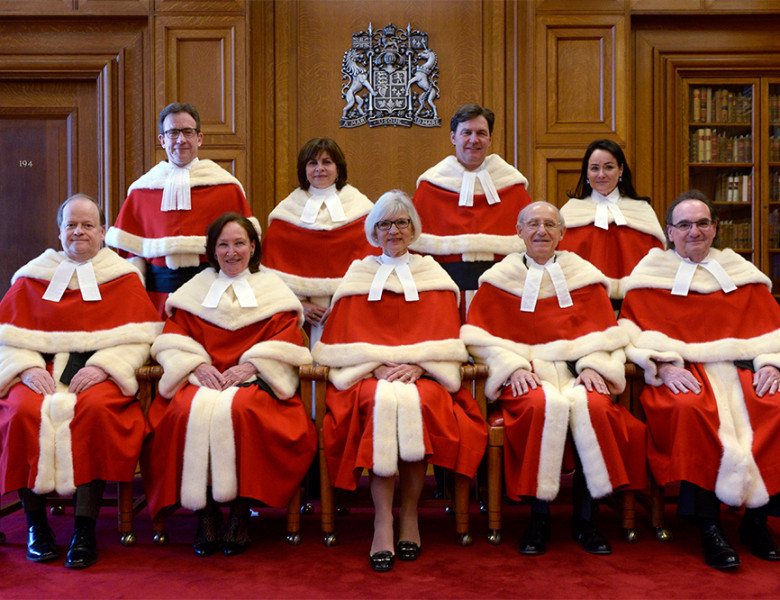On Thursday June 11, 2015, our Supreme Court of Canada ruled that the law limiting medical marijuana to dry leaves infringes on Canadians’ liberty and security of person protected by section 7 of the Charter of Rights and Freedoms. The Court was unanimous in ruling that medical marijuana can be legally consumed in a range of ways, from cannabis-infused cookies and brownies to cooking oils and teas. The Court stated:
“The prohibition on possession of non-dried forms of medical marihuana limits the s. 7 Charter right to liberty of the person in two ways. First the prohibition deprives S as well as medical marihuana users of their liberty by imposing a threat of imprisonment on conviction under s.4(1) or 5(2) of the CDSA. Second, it limits the liberty of medical users by forcing a person to choose between a legal but inadequate treatment and an illegal but more effective one, the law also infringes security of the person.
These limits are contrary to the principles of fundamental justice because they are arbitrary: the effects of the prohibition contradict the objective of protecting health and safety. The evidence amply supports the trial judge’s conclusions that inhaling marihuana can present health risks and that it is less effective for some conditions than administration of cannabis derivatives. In other words, there is no connection between the prohibition on non-dried forms of medical marihuana and the health and safety of the patients who qualify for legal access to medical marihuana.” Source
This decision continues the recent trend of the Supreme Court of Canada rulings against new legislation from the Federal Government. For example, in April 2015, the Court struck down mandatory minimum jail sentences for those who commit crimes with a prohibited gun. The Court ruled in that the case that the 3 year minimum jail sentence can in certain circumstances be “cruel and unusual” punishment.
In February 2015, the Court ruled that Canada’s laws against assisted death violated Canadians’ rights to “life, liberty and security”. Another Federal law was ruled unconstitutional.
Other recent decisions where our Supreme Court has ruled against the Federal Government include:
- April 2014 – Time served sentencing: The Supreme Court overturned the Conservatives mandatory 1-1 policy arguing that it violated the “sentencing principles of parity and proportionality.”
- April 2014 – Senate reform: The Supreme Court ruled that the Prime Minister couldn’t do anything to the Senate without provincial assent.
- March 2014 – Supreme Court nominee Marc Nadon: The Supreme Court ruled that Prime Minister Harper’s nominee for a vacant seat on the Supreme Court, Marc Nadon, was ineligible.
- December 2013 – Prostitution: The Supreme Court ruled that Canada’s prostitution laws were unconstitutional and ordered the Federal government to write new ones.
What is particularly striking is that 7 of the current 9 members of the Supreme Court were appointed by Prime Minister Harper. I am encouraged by our Supreme Court Justices in making decisions without any apparent influence by how they got to the highest court. In Canada the balance of power is distributed among 3 branches:
- Legislative
- Executive
- Judiciary
A strong and independent judicial branch is required to protect all Canadian citizens and uphold our Constitutional Rights and Freedoms. As recent decisions demonstrate, our current Supreme Court judges are the model of judicial independence.
Contributed by Kris Bonn, an OTLA Director and lawyer practising with Bonn Law Office PC in Trenton, ON.














1 Comment